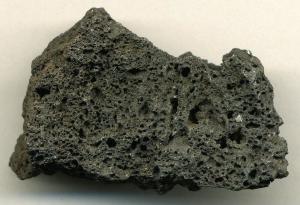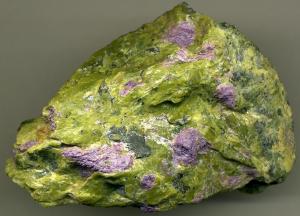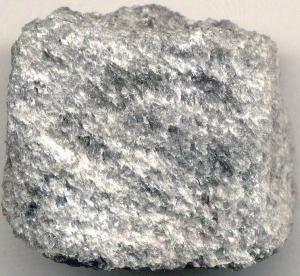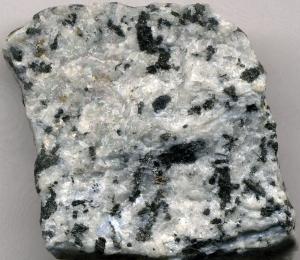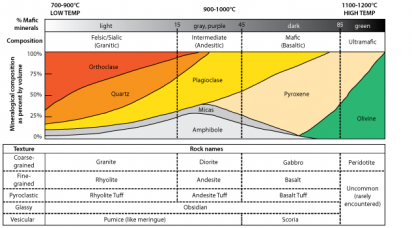Igneous Rock Colors
Another characteristic used to help identify igneous rocks is their color. Igneous rocks are classified based on only 4 colors: mafic, ultramafic, felsic, and intermediate.
Below is a table with examples of each color of igneous rock.
| Type of color | % of Dark Minerals | Composition | Example Image |
| Mafic | >40% dark minerals | No quartz or potassium feldspar is found. These are your dark green, brown, red, gray, and black igneous rocks. It can have some light color to it. | |
| Ultramafic | Nearly 100% dark minerals | Full of very dark minerals. These are your rocks that lack light-colored minerals. It doesn't mean they are just black. It means they are lacking any light-colored elements. | |
| Felsic | <15% dark minerals | Very light in color, with a bunch of quartz, potassium feldspar, and very few dark minerals found. These are your white and pink-colored igneous rocks. | |
| Intermediate | 15-40% dark minerals | In between dark and light in color. There is more plagioclase feldspar. These are your grayish igneous rocks. |
Below is a chart that shows the percentage of silica and oxygen found in igneous rock colors.
With your groups organize the igneous rock kit into ultramafic, mafic, intermediate, and felsic colors.
Now that you understand igneous texture, color, composition, and whether an igneous rock is intrusive or extrusive, it is time to take that knowledge and apply it by identifying some igneous rocks.
SUSD5 Student Igneous Rock Identification lab
Purchase this Activity at Teacher Pay Teachers for 0.65 cents.










